导航栏
"QAIT" company focuses on comprehensive services in the medical field. It not only provides the construction of overall hospitals, pathology departments, clinical laboratories, operating rooms, and the creation of intelligent wards, but also supplies medical equipment such as magnetic resonance imaging (MRI), computed tomography (CT), DR, C-arm, operating room beds, mobile nursing carts, etc. At the same time, it optimizes the medical treatment process through systems such as appointment registration, queuing call, and self-service machines, and improves the diagnosis and treatment level through technologies such as teleconsultation and artificial intelligence diagnosis. In addition, it builds information systems such as hospital information system (HIS), laboratory information management system (LIS), medical imaging system (PACS), nursing management system, etc., and completes the construction of data centers and network security to escort hospital operations and data security, comprehensively meeting the construction, equipment, and information needs of the medical industry.
1.Smart Healthcare Overview
"Smart Healthcare", abbreviated as WIT120 in English, takes the medical data center as the core and is based on electronic medical records and resident health archives. Characterized by automation, informatization, and intelligence, it comprehensively applies information technologies such as the Internet of Things (IoT), radio frequency technology, embedded wireless sensors, and cloud computing. It aims to construct an efficient information support system, a standardized information standard system, a normalized information security system, a scientific government management system, a professional business application system, a convenient medical service system, and a humanized health management system. This enables every group in the entire medical ecosystem to benefit from it.
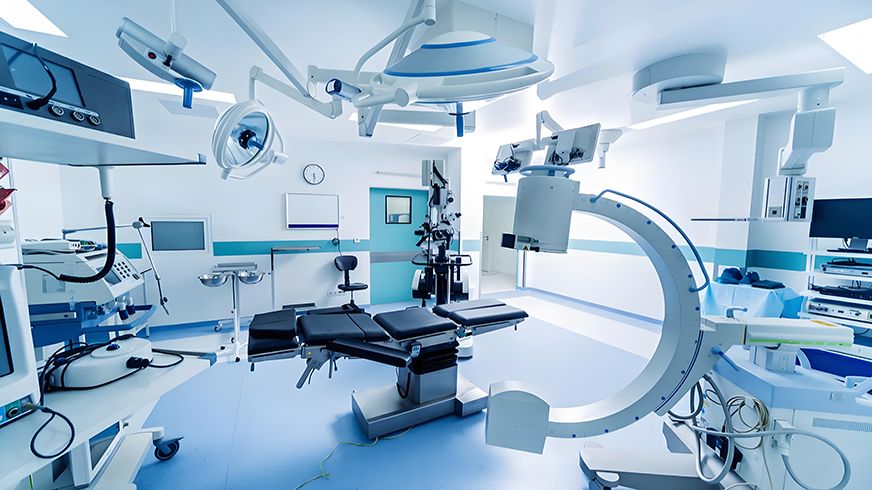
Medical Device: C-arm
2.Smart Healthcare System Composition
【Smart healthcare = smart hospital system + regional healthcare system + home health system】
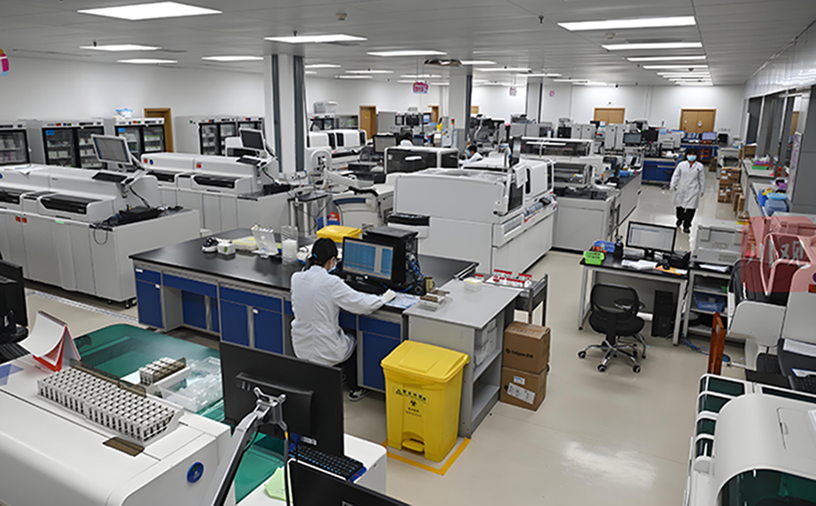
Department Construction: Pathology Department
(1)Smart hospital system: It is composed of two parts, "digital hospital" and "upgraded applications".
①The "Digital Hospital" encompasses four key components: the Hospital Information System (HIS), the Laboratory Information Management System (LIS), the Picture Archiving and Communication Systems (PACS) for storing and transmitting medical imaging data, and the Physician Workstation. It enables the collection, storage, processing, retrieval, and data exchange of patient clinical information and administrative management data.
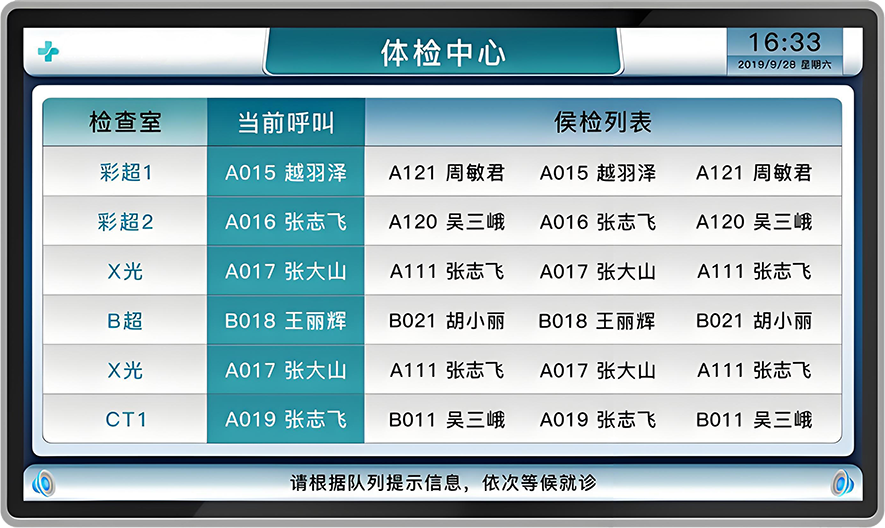
Queue Calling System
The core work of a doctor workstation is to collect, store, transmit, process, and utilize patients' health conditions and medical information. The doctor workstation includes a work platform for the entire medical process, such as outpatient and inpatient diagnosis and treatment reception, examinations, diagnosis, treatment, prescriptions and medical orders, medical record notes, consultations, department transfers, surgeries, discharges, medical record generation, etc.
②"The promotion of applications" includes the application of technologies such as remote image transmission and massive data calculation and processing in the construction of digital hospitals, so as to achieve the improvement of medical service levels.
Tele-consultation: It supports the sharing of superior medical resources and cross-regional optimized allocation.
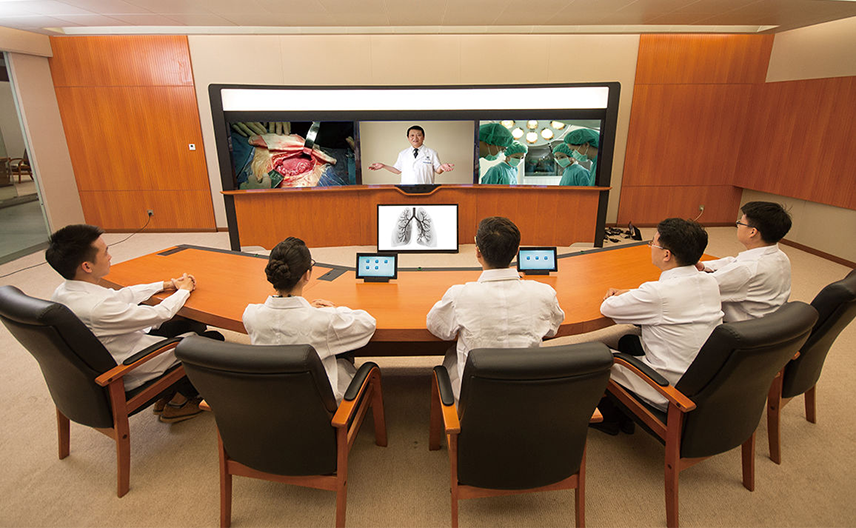
Teleconsultation System
Automatic alarm: Monitor the vital sign data of patients to reduce the cost of intensive care.
Clinical decision system: Assist doctors in analyzing detailed medical records to provide a basis for formulating accurate and effective treatment plans.
Smart prescription: Analyze patients' allergies and medication history, reflect information such as drug origin and batch, effectively record and analyze prescription changes, and provide references for chronic disease treatment and healthcare.
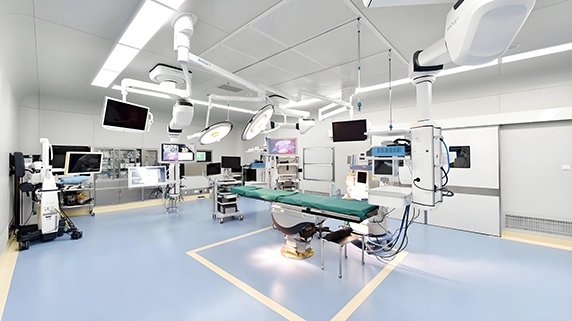
Digital Operating Room
(2)Regional health system: It is composed of two parts, the "regional health platform" and the "public health system".
①The "Regional Health Platform" includes a regional health information platform for collecting, processing, and transmitting all information recorded by communities, hospitals, medical research institutions, and health regulatory authorities. It also includes electronic health records that aim to apply cutting-edge science and computer technologies to assist medical units and other relevant organizations in conducting disease risk assessment, formulating individual-based risk factor intervention plans, reducing medical expenses, and developing strategies for preventing and controlling the occurrence and progression of diseases.
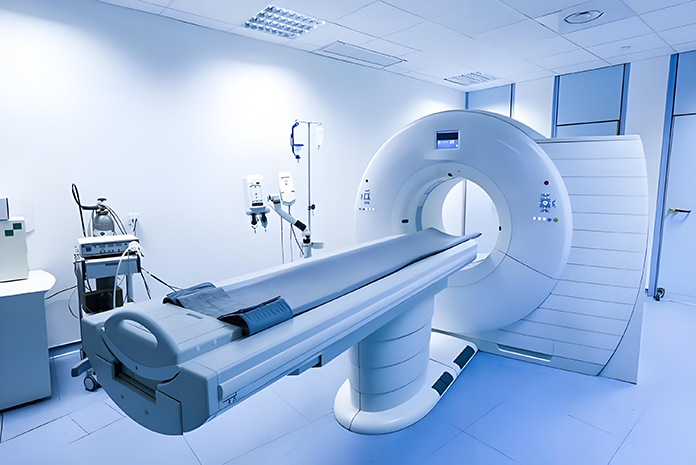
Medical Device: Computed Tomography (CT)
Community medical service system: Provide basic treatment for common diseases, community care for chronic diseases, referral of serious illnesses to higher-level hospitals, and reception of patients for recovery referral.
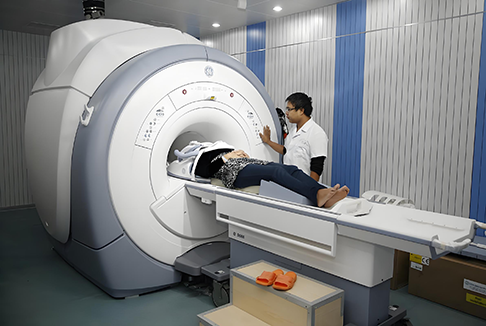
Medical Device: Magnetic Resonance Imaging (MRI)
Scientific Research Institution Management System: Comprehensively manage information on pathological research, drug and equipment development, clinical trials, etc., for medical and health scientific research institutions such as medical colleges, pharmaceutical research institutes, and traditional Chinese medicine research academies.
②The "public health system" is composed of a health supervision and management system and an epidemic release and control system.
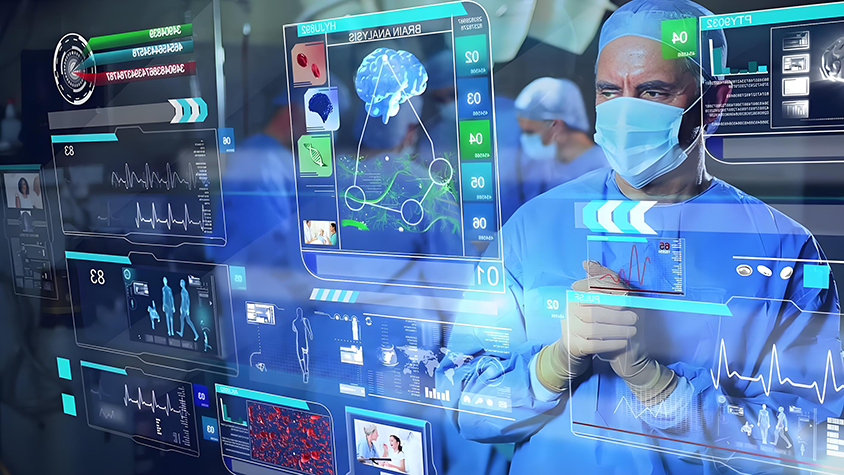
Artificial Intelligence Diagnosis System
(3)Family Health System
The "Family Health System" is the health protection closest to citizens, including video medical care for patients who are unable to be sent to the hospital for treatment due to mobility issues, remote care for chronic disease patients and elderly or young patients, health monitoring for special groups such as the intellectually disabled, disabled, and infectious disease patients, as well as an intelligent medication system that automatically reminds of medication time, contraindications, remaining dosage, etc.
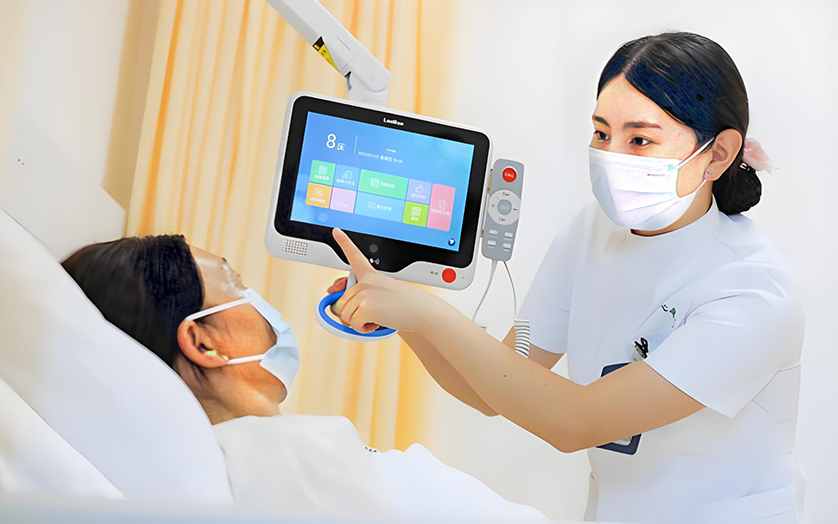
Smart Ward
3.Analysis of Smart Healthcare from a Technical Perspective
【From a technical perspective, "smart healthcare" includes five aspects: basic environment, basic database cluster, software basic platform and data exchange platform, comprehensive application and its service system, and guarantee system.】
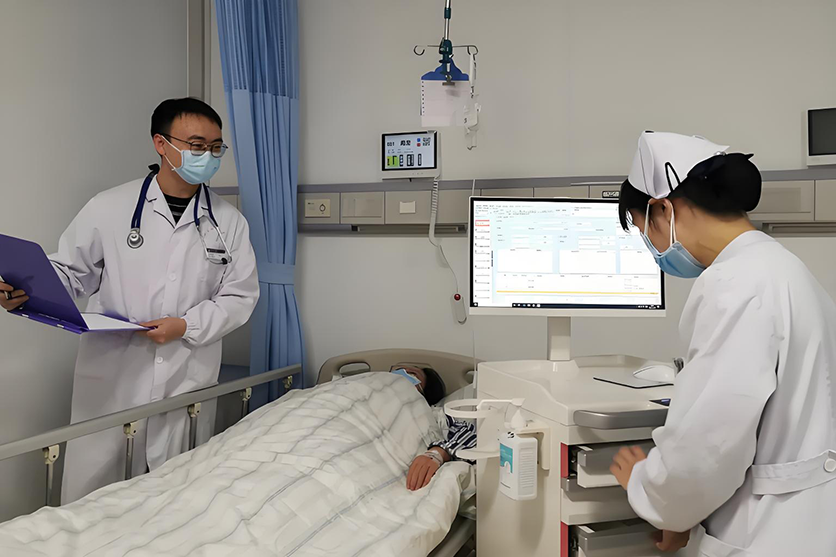
Mobile Nursing Cart
(1)Basic Environment: By constructing a public health dedicated network, realize interconnection and intercommunication with the government information network; build a health data center to provide security guarantees for basic health data and various application systems.
(2)Basic Database: It includes six major basic databases in the health field, such as the drug catalog database, resident health record database, PACS imaging database, LIS laboratory database, medical staff database, and medical equipment database.
(3)Software Basic Platform and Data Exchange Platform: It provides services at three levels:
First is the infrastructure services: providing virtualized optimized servers, storage servers, and network resources.
Secondly, platform services: providing optimized middleware, including application servers, database servers, portal servers, etc.
Finally, software services: including application, process, and information services.
(4)Comprehensive Applications and Service System: It includes three categories of comprehensive applications, namely smart hospital systems, regional health platforms, and family health systems.
(5)Guarantee System: It includes three aspects: security guarantee system, standard specification system, and management guarantee system. A security prevention system is constructed from three aspects of technical security, operational security, and management security to effectively protect the availability, confidentiality, integrity, non-repudiation, auditability, and controllability of the basic platform and each application system.